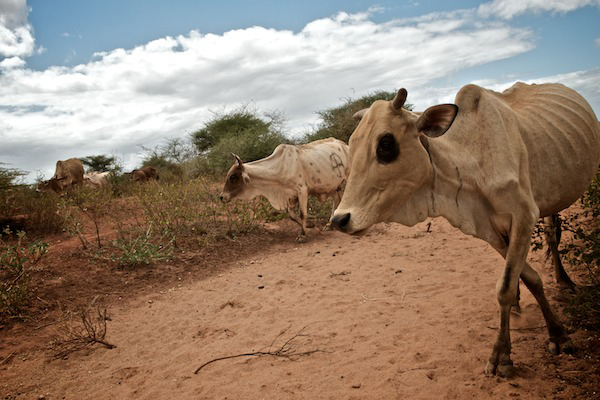| << Chapter < Page | Chapter >> Page > |
The subfield of environmental sociology studies how humans interact with their environments. This field is closely related to human ecology, which focuses on the relationship between people and their built and natural environment. This is an area that is garnering more attention as extreme weather patterns and policy battles over climate change dominate the news. A key factor of environmental sociology is the concept of carrying capacity, which refers to the maximum amount of life that can be sustained within a given area. While this concept can refer to grazing lands or to rivers, it also can be applied to the earth as a whole.

You might have heard the expression “the tragedy of the commons.” In 1968, an article of the same title written by Garrett Hardin describes how a common pasture is ruined by overgrazing. But Hardin was not the first to notice the phenomenon. Back in the 1800s, Oxford economist William Forster Lloyd looked at the devastated public grazing commons and the unhealthy cattle subject to such limited grazing, and saw, in essence, that the carrying capacity of the commons had been exceeded. However, since no one held responsibility for the land (as it was open to all), no one was willing to make sacrifices to improve it. Cattle grazers benefitted from adding more cattle to their herd, but they did not have to take on the responsibility of the destroyed lands that were being damaged by overgrazing. So there was an incentive for them to add more head of cattle, and no incentive for restraint.
Satellite photos of Africa taken in the 1970s showed this practice to dramatic effect. The images depicted a dark irregular area over 300 miles around. When seen from above, there was a large fenced area, where plenty of grass was growing. Outside the fence, the ground was bare and devastated. The reason was simple: the fenced land was privately owned by informed farmers who carefully rotated their grazing animals and allowed the fields to lie fallow periodically. Outside the fence was land used by nomads. The nomads, like the herdsmen in 1800s Oxford, increased their heads of cattle without planning for its impact on the greater good. The soil eroded, the plants died, then the cattle died, and, ultimately, some of the people died.
How does this affect those of us who don’t need to graze our cattle? Well, like the cows, we all need food, water, and clean air to survive. With the increasing world population and the ever-larger megalopolises with tens of millions of people, the limit of the earth’s carrying capacity is called into question. Whether for cattle or humans, when too many take with too little thought to the rest of the population, the result is usually tragedy.

Notification Switch
Would you like to follow the 'Introduction to sociology' conversation and receive update notifications?